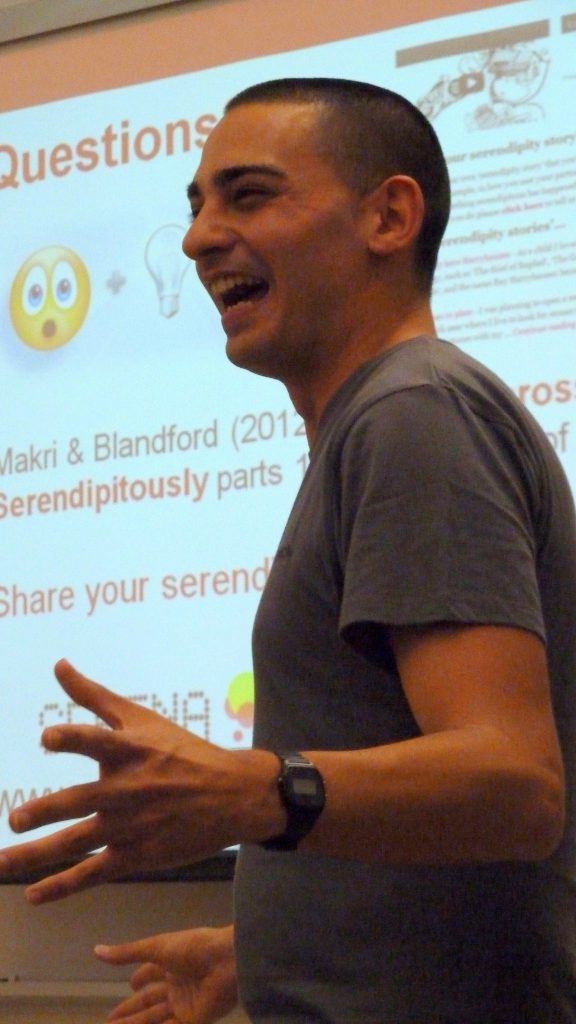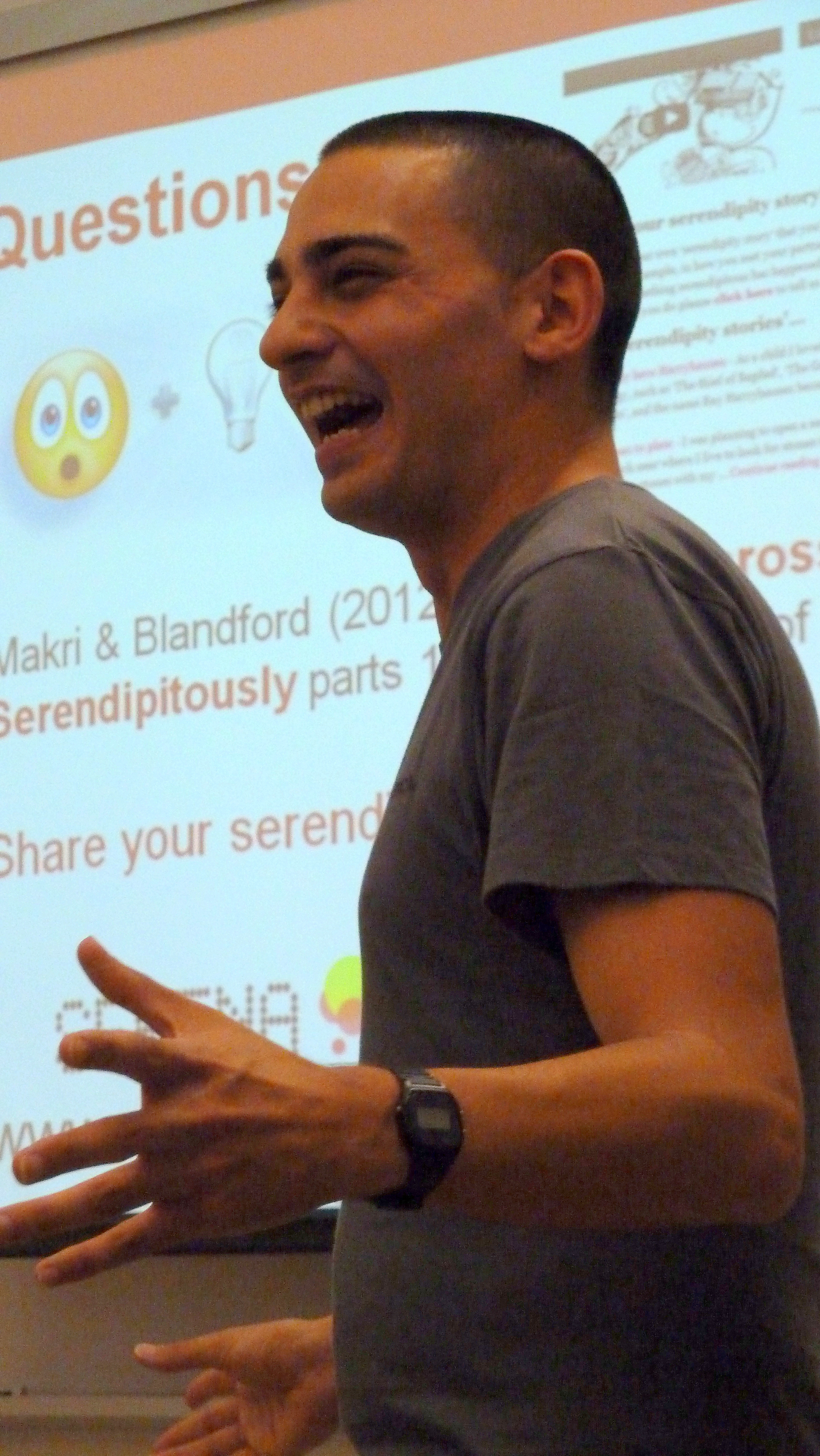
I am not a good lecturer. In fact, I don’t really believe in ‘lecturing’. The idea of a ‘sage on a stage’ imparting his or her wisdom is outdated, in my opinion. So is the ‘funnel model’ idea of us pouring knowledge into the heads of students, who are then expected to regurgitate exactly what we tell them in an assessment. This is not learning, or at least not my idea of learning.
As an educator in Higher Education, I don’t aspire to ‘lecture’. I aspire to facilitate knowledge creation and sharing. I enjoy learning from learners, as I recognise that I am and will always be a learner myself. I recognise that while I hold expertise in some subjects, a little humility can encourage students who ‘know but do not realise they know’ to contribute something valuable to the learning process. I recognise that learning is best achieved as a dialogue, where knowledge is created and shared as an active exchange between individuals and groups.
Specifically, this is what I have found works well for me in encouraging ‘learning not lecturing’:
1) Encouraging questions, discussion and debate. If the group feels comfortable enough to interrupt you mid-flow to ask you a question and you feel comfortable enough to go ‘off piste’ and explore related issues, learning can become more spontaneous and engaging. Don’t ask ‘right answer’ questions to check comprehension. Ask for opinions, real-world applications of theory, opposing views. ‘What are your ideas on this?‘ is often all it takes for my students to teach each other (and me) something valuable.
2) Involving the ‘audience’. Hands-on demos in lectures (e.g. by asking them to interact with and evaluating a Website on the projector or a mobile site on the visualiser). Asking for interactive examples of theory put into practice – e.g. a Website that provides a particularly good or bad example of the topic we’re studying – e.g. navigation, labelling, organisation. Set mini activities that encourage the demonstration of higher-order thinking skills such as analysing, evaluating and creating rather than simply understanding or explaining.
3) Blending theory and practice. Where it enhances the topic, tie research (possibly your own) into teaching and where possible, feed your teaching into research. Could you perhaps ask your students to try out a novel technique or method you’ve developed and learn from their experiences? Or maybe ask them to evaluate some technology you’ve developed?
4) Involving industry. Schedule guest talks from practitioners or academics with a different perspective. You could even ‘co-lecture’ (a term I made up for presenting with a guest from a shared set of slides to encourage discussion and debate). Ask practitioners to get involved in your curriculum and assessment design. Perhaps they might even be kind enough to provide industry feedback to students on their work, help assess their reports, presentations or posters etc.
5) Supplementing the face-to-face experience. Actively encourage back-channel discussion on Virtual Learning Environments such as Moodle by engaging in forum discussions rather than briefly answering questions. Ask students to share and discuss examples, or tutorial exercises in the forums. Encourage discussion about the material on social media channels, such as Twitter or, for design-based disciplines Instagram or Pintrest. Do your modules have a hashtag?
My approach to educating is by no means a magic recipe for learning, but it works for me. Much of the time. And when it doesn’t, I reflect and revise rather than get put off from taking risks in the future. I keep trying to innovate, knowing the rewards will almost certainly outweigh the risks in the long run.
I’m not a good lecturer. But I like to learn. And I like to help others learn. So perhaps I’m a good educator.
If you think we can learn from each other, email me (Stephann@city.ac.uk) to discuss approaches to teaching and learning, or anything that has sparked your interest in this blog post.
Thanks to Dom Pates for inviting me to write this post and to my students for making my job so fun.


Thanks for sharing this Stephann. I really like your ideas on how to involve students more and your invitation for collaboration and sharing of experiences!
Thanks Matt. I think collaboration is key to engaging teaching. I regard my classes as a collaboration between learners.
Great tips here, Stephann – thanks very much for writing this post! Makes me want to join one of your classes 😉